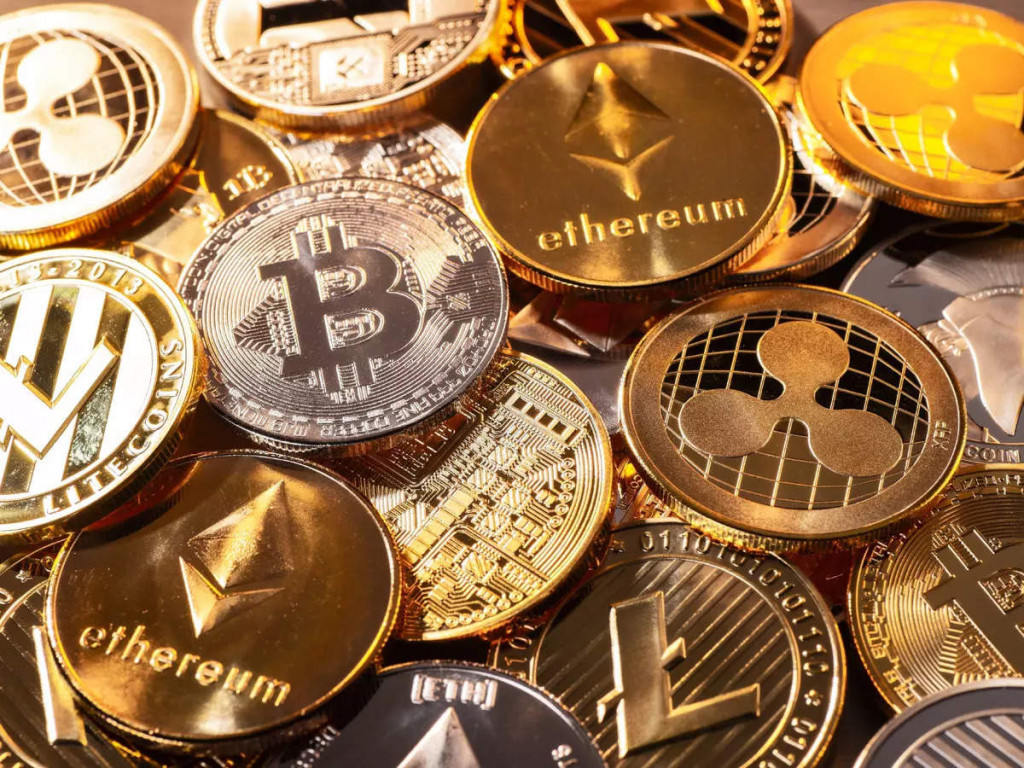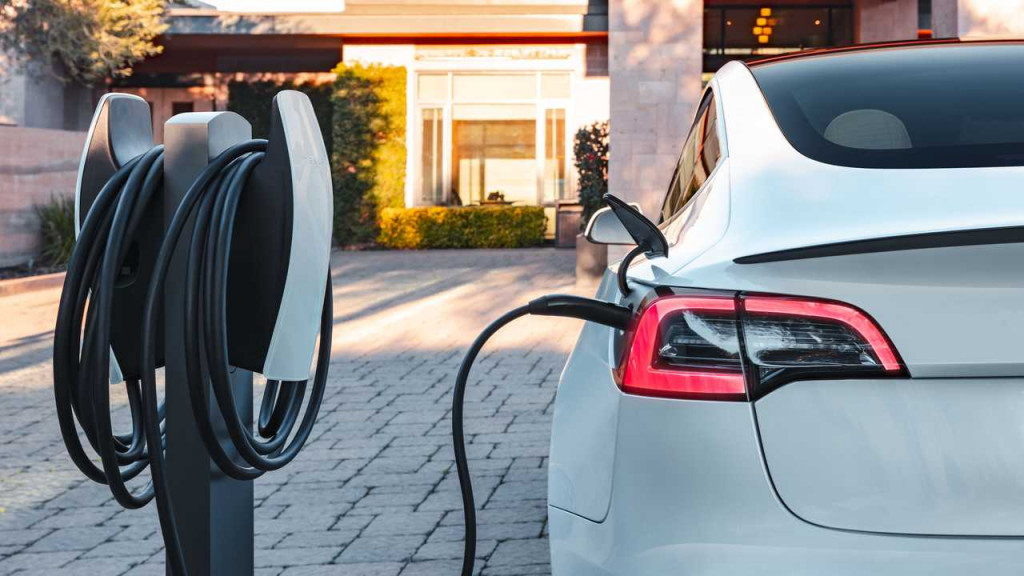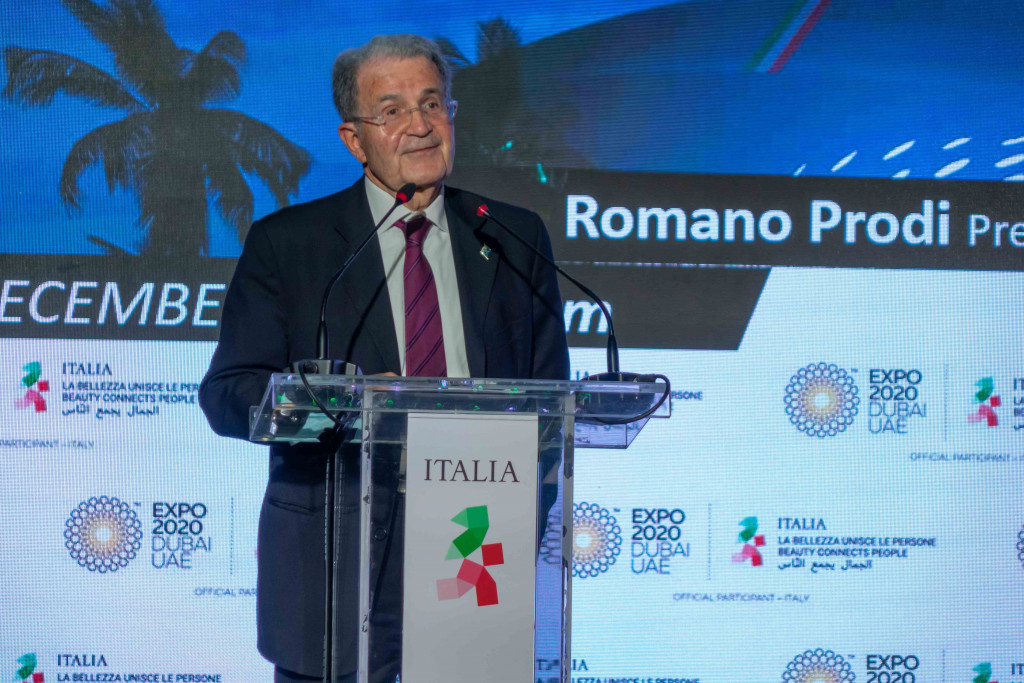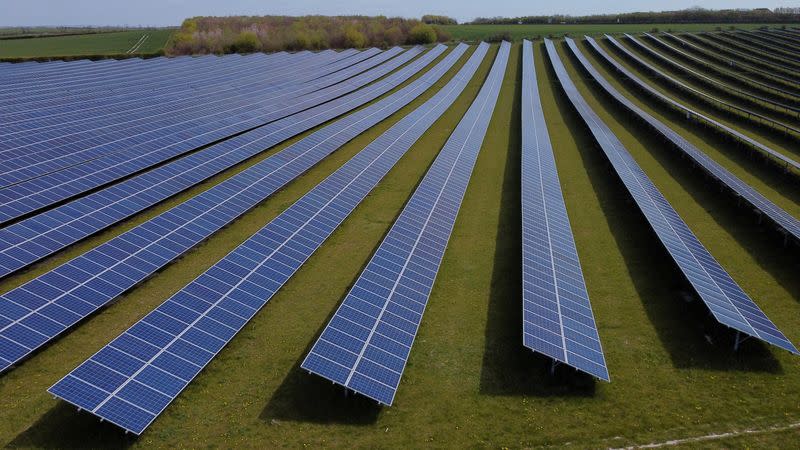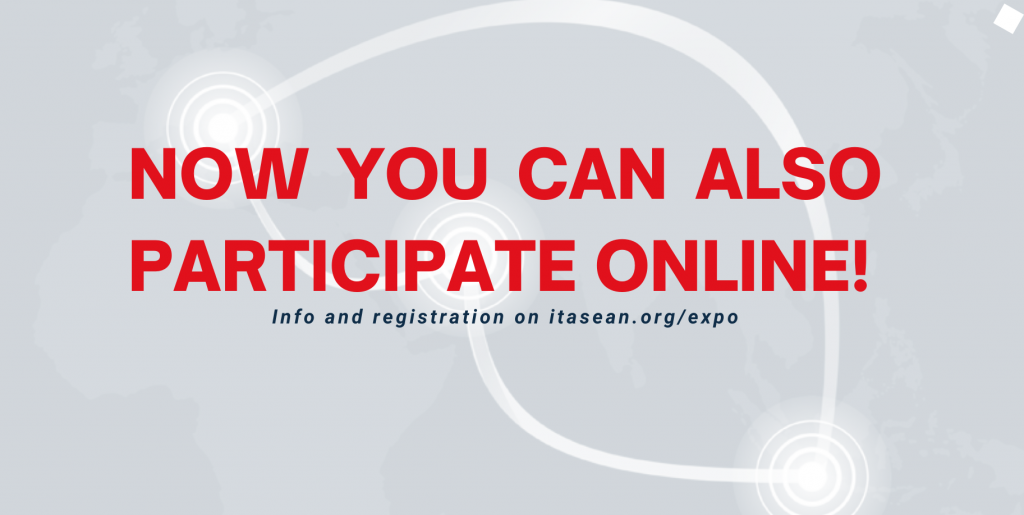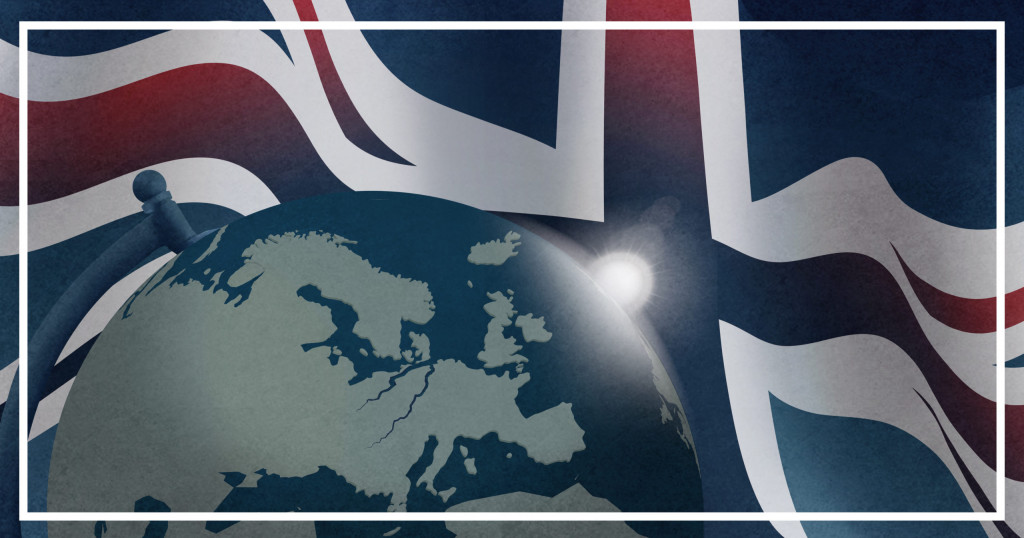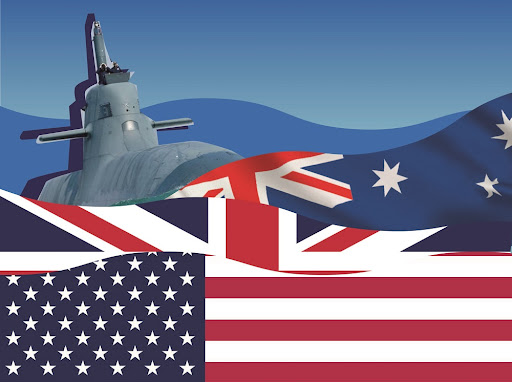From the Cambodian e-riel to the latest Indonesian declarations of MUI: Southeast Asian countries are wondering about how to regulate the cryptocurrencies market and think about official digital currency.
Article written by Fabrizia Candido
“Cryptocurrency and Regulation of Official Digital Currency Bill” is the name of the proposed legislation that India, on November 23rd, announced it is working on. The goal would appear to be to forbid private cryptocurrencies (although it refers to some, vague, exceptions) and, at the same time, to pave the way to an official digital currency emitted by the Reserve Bank of India. This is not an entirely completely unexpected news, considering that during 2021, the Indian government had even taken into consideration the possibility to criminalize possession, emission, extraction, trade and transfer of cryptocurrencies assets. The fear, as expressed by Prime Minister Narendra Modi a few weeks ago, is that cryptocurrencies could “end up in the wrong hands, ruining the youth”. But India is not the only Asiatic country where cryptocurrencies, private and/or state-owned, are the object of discussion.
Questioning how to regulate the market, deregulated and inherently volatile, of cryptocurrencies and to imagine an official digital currency, there are also some of the ASEAN countries.
In Indonesia, the Central Bank of the country since January 1st, 2018, has forbidden the use of cryptocurrencies, including Bitcoin, as means of payment: the rupiah is the only legal currency in the country. Nevertheless, it is allowed cryptocurrencies trading as investment option together with commodity futures, that is, future contracts in which there is an obligation to exchange a fixed quantity of goods and a fixed data, and to a certain prize set on the trade data. Last November 11th, however, the Majelis Ulama Indonesia (MUI) declared that the cryptocurrency trading is haram and not Shariah-compliant, except for those cases where it involves “clear benefits”. Although MUI’s decision does not mean that all cryptocurrency trading will be interrupted in Indonesia, it is expected that the decree will dissuade some Muslims from investing in cryptocurrencies. According to the Indonesian Ministry of Commerce, by the end of 2020 the number of traders had reached 6.5 million.
Less rigid is Malaysia, that through a statement on the Bank Negara website, since 2014, has been warning its citizens that Bitcoin is not recognized as legal currency in the country, that the Central Bank does not regulate operations and therefore it recommends caution when using this cryptocurrency. In July 2021, however, the popular platform of cryptocurrency exchange Binance was banned from the country.
Not opting for a ban, but for a strict and selective regulation that allows it at the same time to still be an active hub, there is finally Singapore. About 170 companies have asked for a license from the Monetary Authority of Singapore (MAS), bringing the total number of enterprises that try to operate in accordance with its Payment Services Act to about 400, after the entry in force of the law in January 2020. Since then, only three cryptocurrency companies have received these coveted licenses. “We do not need 160 of them to open a business here. Half of them can do it, but with very high standards, which I think is a better result” commented Ravi Menon, Director of the Monetary Authority of Singapore, during an interview with Bloomberg.
Looking instead at a digital state currency are Cambodia and Laos. Cambodia, specifically, has undertaken an ambitious project to grow its Central Bank Digital Currency (CBDC). Bakong, this is the name chosen for the Cambodian digital currency, thanks to a massive pilot project, today already counts 5,9 million users. According to Nikkei Asia, during the first semester of 2021, Bakong users made about 1.4 million transactions worth USD 500 million. The project was presented for the first time by the National Bank of Cambodia (NBC) in October, last year, based on blockchain technology developed together with Japanese fintech company Soramitsu. The main goal is the exploration of digital payments, the encouragement in the use of local currency and the reduction of the dependence on dollars, and the financial inclusion of citizens left out of the traditional banking system.
Last October, Japanese fintech Soramitsu was also hired by the Central Bank of People’s Democratic Republic of Laos, to explore the issuance of a Laotian CBDC. A digital version of kip would support authorities in the gathering of data necessary to measure the economy’s pulse, such as the amount of money in circulation. Moreover, the initiative marks an attempt by Laos to extend the reach of its currency while the digital e-yuan looms as a potentially invasive presence in the Southeast Asian Nation for which China is the second largest economic partner.
Vietnam has also decided to explore the creation of its own digital currency, with Decision 942 by the Prime Minister that aligns with the strategy to digitalize the government within 2030. The policy exhorts the State Bank of Vietnam to research, “develop and experiment the use of digital currency based on blockchain technology”. In Vietnam, the use of cryptocurrencies to make purchases is illegal, but these are still actively purchased as investment instruments: the country is among the top three globally for percentage of people that affirms to hold some form of cryptocurrency, according to a survey by Statista.

